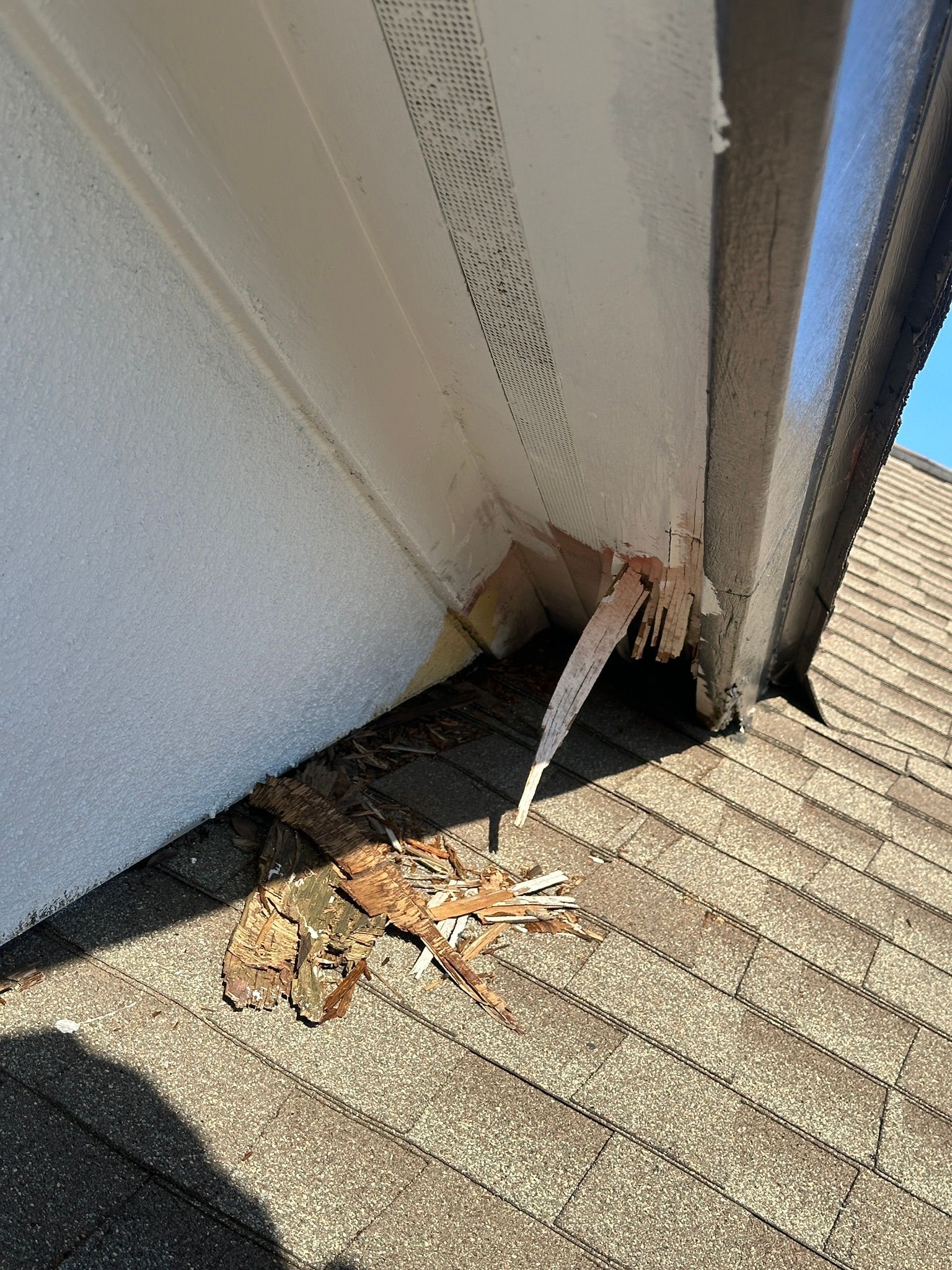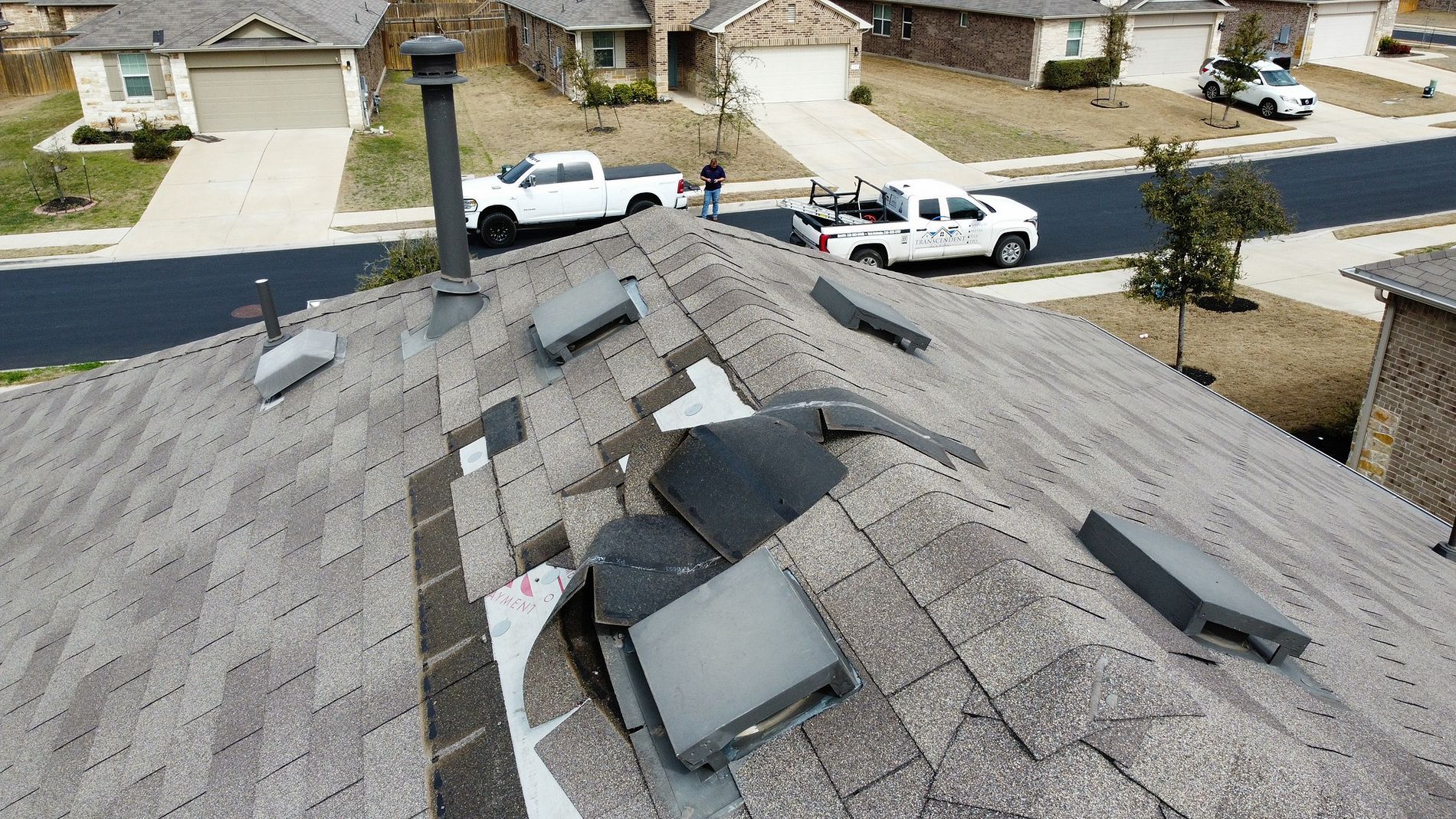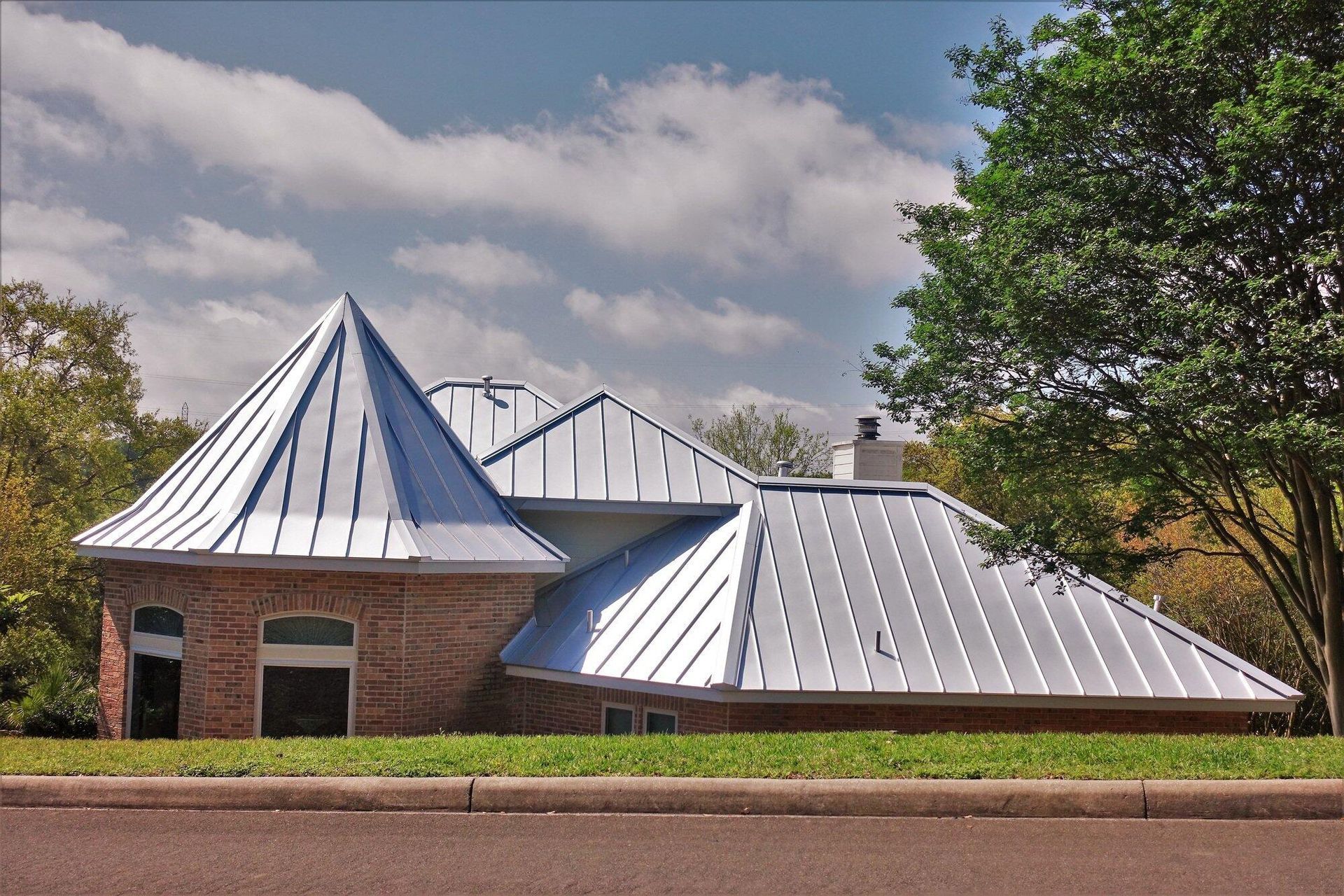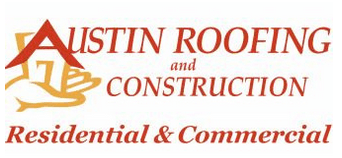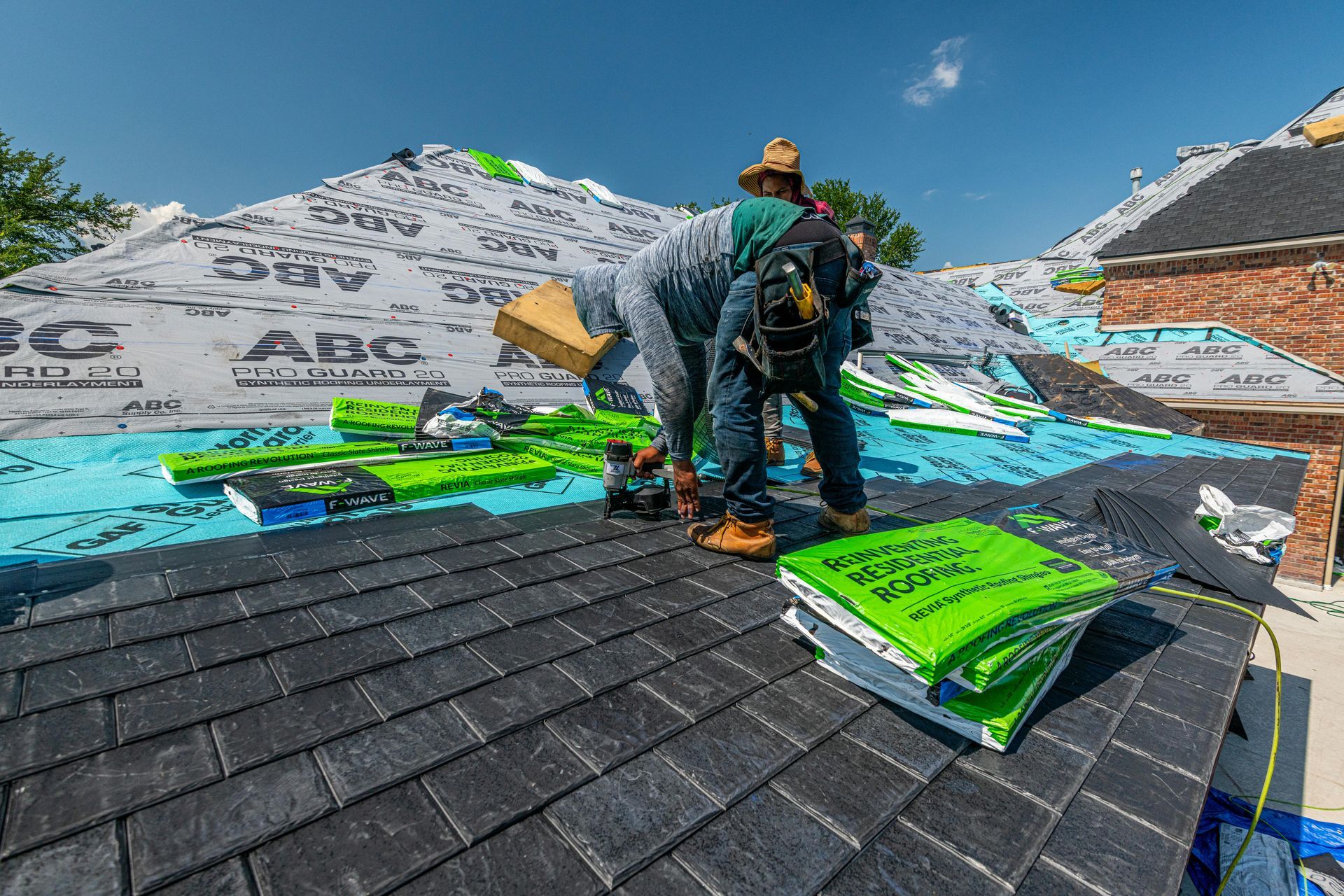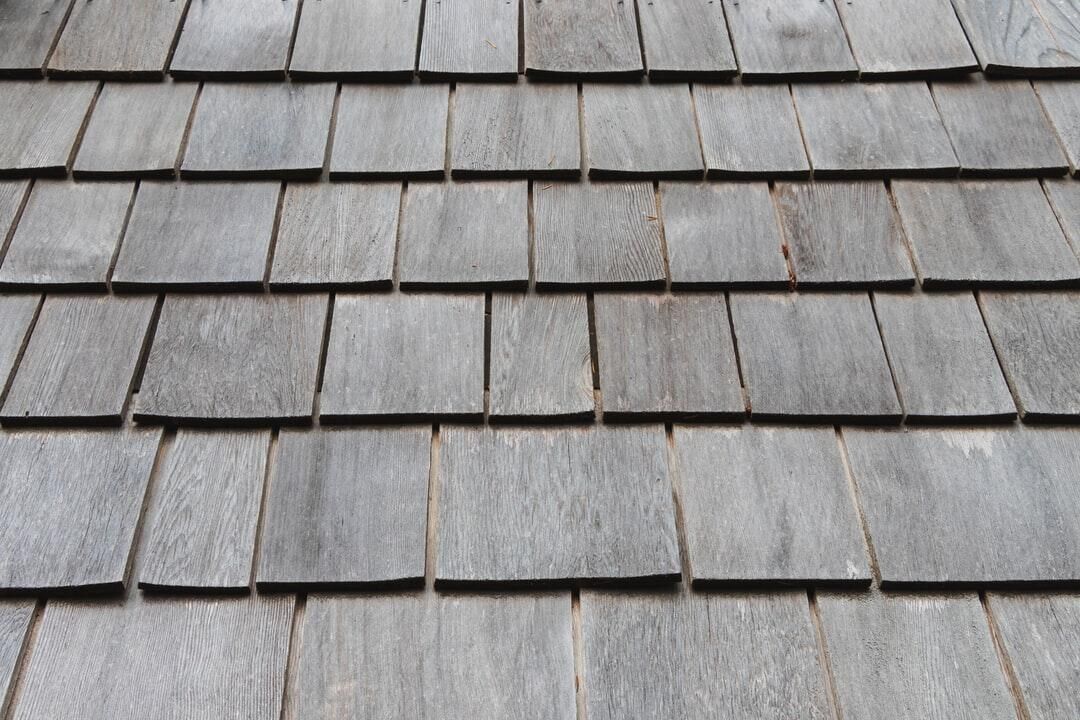Comprehensive Roof Inspection Checklist: Ensuring the Longevity of Your Roof
Your roof is one of the most crucial components of your home, protecting you from the elements and maintaining the structural integrity of your property. Regular roof inspections are essential to ensure it remains in good condition and to catch any potential issues early. Whether you're a homeowner or a professional roofing contractor, having a comprehensive checklist can make the inspection process more efficient and effective. Here’s a detailed roof inspection checklist to help you keep your roof in top shape.

1. Safety First
Before you begin any roof inspection, prioritize safety. Ensure you have the proper safety gear, including a sturdy ladder, non-slip shoes, a safety harness, and gloves. If the roof is too steep or you need more certainty about your safety, consider hiring a professional.
2. Exterior Inspection
a. Visual Inspection from the Ground
- Look for any visible signs of damage, such as missing or cracked shingles, sagging areas, and moss or algae growth.
- Check for any signs of water damage or leaks on the exterior walls.
b. Gutters and Downspouts
- Ensure gutters and downspouts are securely attached and free of debris.
- Look for signs of rust, corrosion, or damage.
- Check for proper water flow and drainage away from the foundation.
- For more on maintaining gutters, check out our guide on gutter maintenance.
c. Roof Surface
- Inspect shingles for any signs of wear and tear, including curling, blistering, or granule loss.
- Check for any loose or missing shingles.
- Look for any punctures or cracks in the roof surface.
3. Flashing and Penetrations
a. Flashing
- Inspect the flashing around chimneys, vents, skylights, and other roof penetrations.
- Look for signs of rust, cracks, or missing pieces.
- Ensure the flashing is properly sealed and securely fastened.
b. Roof Penetrations
- Check the seals around vents, chimneys, and skylights for any signs of wear or damage.
- Ensure all penetrations are properly sealed to prevent water infiltration.
4. Interior Inspection
a. Attic Inspection
- Look for signs of water damage or leaks, including water stains, mold, or mildew.
- Check the insulation for any signs of moisture or compression.
- Ensure there is proper ventilation to prevent moisture buildup and heat damage.
b. Ceilings and Walls
- Inspect interior ceilings and walls for any signs of water stains, peeling paint, or mold growth.
- Check around windows and doors for any signs of water infiltration.
5. Additional Components
a. Soffits and Fascia
- Inspect the soffits and fascia for any signs of damage, decay, or pests.
- Ensure they are securely attached and properly ventilated.
b. Roof Accessories
- Check the condition of roof accessories such as satellite dishes, solar panels, and antennas.
- Ensure they are securely mounted and do not cause damage to the roof.
6. Seasonal Considerations
a. Pre-Winter Inspection
- Ensure your roof is prepared for harsh winter conditions by checking for loose shingles, proper insulation, and adequate ventilation.
b. Post-Storm Inspection
- After severe weather events, inspect your roof for any storm damage, including missing shingles, dents, or punctures.
7. Documentation and Maintenance
a. Documentation
- Keep a record of your roof inspections, including dates, findings, and any repairs made.
- Take photos of any damage or areas of concern for future reference.
b. Regular Maintenance
- Schedule regular roof maintenance to address minor issues before they become major problems.
- Clean your gutters and downspouts regularly to prevent water damage.
Conclusion
Regular roof inspections are crucial for maintaining the longevity and performance of your roof. By following this comprehensive checklist, you can identify potential issues early and take proactive measures to ensure your roof remains in excellent condition. If you’re unsure about any aspect of the inspection or spot significant damage, don’t hesitate to contact a professional roofing contractor. Your roof is an investment in your home’s safety and value, so keeping it in top shape should be a priority.


